Effects of diode laser setting for laryngeal surgery in a rabbit model
Data
2019-05Autor
Arroyo-Ramos, Helena Hotz
Autor
Neri, Larissa
Autor
Mancini, Marilia Wellichan
Autor
Duarte Neto, Amaro Nunes
Autor
Mauad, Thais
Autor
Imamura, Rui
Tipo
Artigo
Metadata
Mostrar registro completoResumo
PURPOSE: To study the damaging effect of different diode laser settings on vocal folds 7 days after injury in a rabbit model. METHODS: Twenty-one male New Zealand white rabbits were randomized into three groups with seven animals per group. A 980-nm diode laser was used to create a single spot injury in each vocal fold. Different modulation frequencies (10 Hz versus 1000 Hz) in pulsed mode, different powers (3 W versus 5 W), and distinct wave modes of radiation (pulsed versus continuous) were compared. RESULTS: The extent of the inflammatory infiltrate and ablation crater were greater when using 5-W optical power compared with 3 W. The extent and depth of the inflammatory infiltrate, and the width and depth of the ablation crater were greater with continuous wave mode compared with pulsed mode. The density of collagen fibers only increased when using the laser in continuous wave mode. CONCLUSION: The use of the 980-nm diode laser with an output power of 5 W produced an increased extent of thermal injury compared to an output power of 3 W and, more importantly, using continuous rather than pulsed wave mode significantly increased the extent and depth of thermal injury in rabbit vocal folds.
Título Abreviado
Eur Arch Otorhinolaryngol. 2019 May;276(5):1431-1438. doi: 10.1007/s00405-019-05344-5.
Palavras-chave
Larynx Vocal fold Laser injury Wound healing Diode laser Endolaryngeal surgery
Coleções
- Artigo [10]

